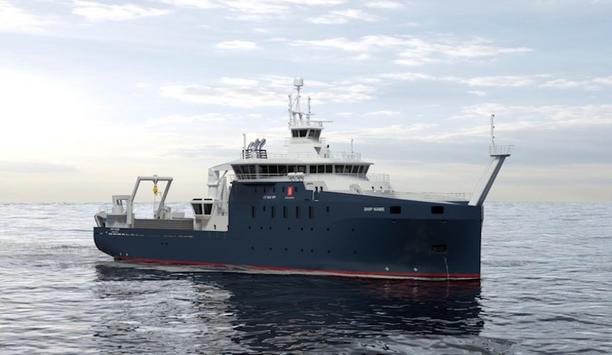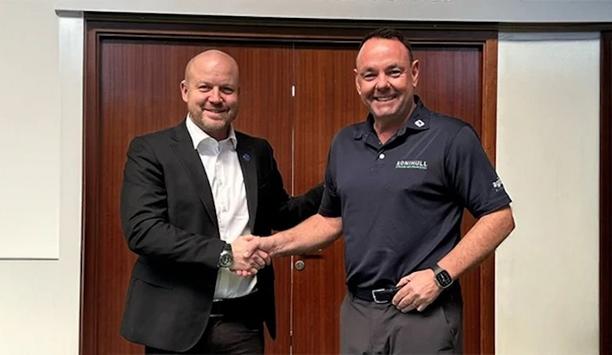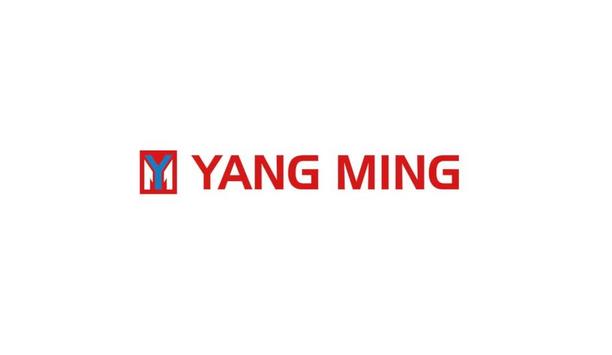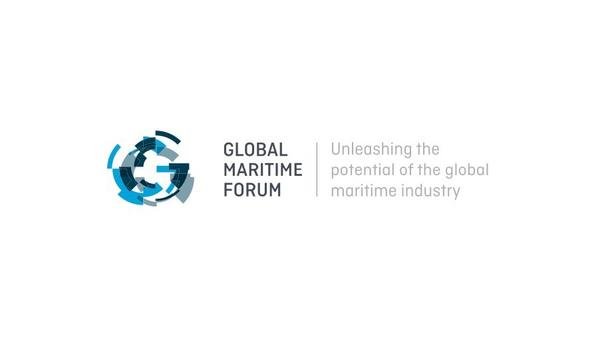A new study from West Australia – East Asia Iron Ore Green Corridor Consortium finds that ships powered by clean ammonia could be deployed on the iron ore trade routes between West Australia and East Asia by 2028 and reach 5% adoption by 2030.
Green corridors
Green corridors, specific trade routes where zero-emission shipping solutions are demonstrated and supported, are one of the key levers to aid the shipping industry and governments in the decarbonisation of the maritime sector.
The study indicates that the core elements for the implementation of a West Australia-East Asia green corridor including deployment of ammonia-powered ships, access to clean ammonia (as the most likely zero-emission fuel to power the corridor), and the availability of the bunkering infrastructure are within reach, provided that the safety case for the use of ammonia as marine fuel is validated and accepted.
Study findings
Enough clean ammonia will likely be available to meet the corridor’s near and long-term requirements
Findings suggest that it is possible to get clean ammonia-powered bulk carriers on the water by 2028, provided the development of key technologies, such as suitable engines, and regulations remain on track.
Enough clean ammonia will likely be available to meet the corridor’s near and long-term requirements.
Should production scale up as expected, the corridor’s demand could be fully met by Australian clean ammonia but could also be imported from other production locations globally.
Clean ammonia
The study also shows that the Pilbara region of Australia is a viable option for bunkering on the route, avoiding costly deviations from the trade route, whilst Singapore remains well-positioned to serve as a bunkering hub.
Should the corridor develop by the scenario in the analysis, more than 20 vessels could operate on clean ammonia on the corridor by 2030, scaling up to roughly 360 vessels by 2050.
Australia-East Asia Iron Ore Corridor Task Force
The study demonstrates the industry’s keen interest to decarbonise its supply chain in the region"
Johannah Christensen, CEO of the Global Maritime Forum says, ‘’The study demonstrates the industry’s keen interest to decarbonise their supply chain in the region. What is needed now to accelerate the development of this green corridor is public sector support.’’
While the opportunity to develop a West Australia-East Asia green corridor is within reach, the study also outlines important conditions that must be in place for it to be successfully developed, including continued collaboration and coordinated action through the corridor’s value chain and the development of appropriate commercial frameworks.
In parallel with this study, the Getting to Zero Coalition has established an Australia-East Asia Iron Ore Corridor Task Force to act as a collaborative industry forum to explore these issues.
Decarbonisation
The study is based on analysis by the Energy Transitions Commission, on behalf of the West Australia – East Asia Iron Ore Green Corridor Consortium, a collaboration between the Global Maritime Forum, BHP, Rio Tinto, Oldendorff Carriers, and Star Bulk Carriers.
The study reinforces the corridor’s potential to be a first mover in shipping’s decarbonisation and builds on the previously published pre-feasibility report, which identified the iron ore shipping routes from West Australia to China and Japan as having favourable conditions for early action and the potential to have a large impact on the decarbonisation of the sector.
Data-led analysis
Data-led analysis of this study indicates the feasibility of using clean ammonia on vessels"
Rashpal Bhatti, Vice President of Maritime and Supply Chain Excellence at BHP, says, “Through this collaboration with the Global Maritime Forum and the consortium members, BHP is pleased to see that the rigorous, data-led analysis of this study indicates the feasibility of using clean ammonia on vessels sailing through West Australia to East Asia corridor."
Rashpal Bhatti adds, "In line with our net zero ambitions, we seek to influence this supply chain, with our ecosystem partners, by creating demand for low- and zero-GHG emission fuels and energy-efficient vessels.”
Public-private partnership
Laure Baratgin, Head of Commercial Operations at Rio Tinto, says, “West Australia – East Asia Iron Ore Green Corridor represents a great opportunity to aggregate green fuel demand and supply in support of the industry’s journey towards net-zero in this major trade lane."
Laure Baratgin adds, "As we build on the study to realise a safe and economic green shipping corridor, public-private partnership is key to bringing this project to life. Rio Tinto remains committed to collaborating with value chain partners in support of this initiative as we work to deliver our climate commitments on shipping.”
Ammonia as an alternative fuel
The safety concerns and environmental risks of ammonia have yet to be adequately addressed"
Scott Bergeron, Managing Director of Global Engagement & Sustainability at Oldendorff Carriers, says, “Being one of the founding members of the West Australia -East Asia Iron Ore Green Corridor Consortium was an excellent opportunity for Oldendorff Carriers to collaborate and share perspectives with the other Consortium members on the feasibility of reducing emissions on this strategic iron ore trade."
Scott Bergeron adds, "We are pleased to join in sharing this feasibility assessment to show how a well-considered green corridor can facilitate our collective desire to decarbonise shipping with an alternative fuel. While outside the scope of this report, the safety concerns and environmental risks of ammonia have yet to be adequately addressed. As the safety of our crew is paramount, these challenges must be overcome to enable adoption.”
Demand, supply, and bunkering of clean ammonia
Charis Plakantonaki, Chief Strategy Officer at Star Bulk, says, “Working closely with our business partners to assess the feasibility of green fuels and technologies is a core pillar of Star Bulk’s strategy. This study has allowed us to examine the potential for the demand, supply, and bunkering of clean ammonia in the West-Australia – East Asia corridor, an important trade route for our larger vessels."
Charis Plakantonaki continues, "Through this work, we aim to complement parallel efforts of the industry to tackle other challenges related to ammonia as a marine fuel, including safety protocols and new engine designs, and to help advance the sector’s understanding on the pathway to a greener future.”














